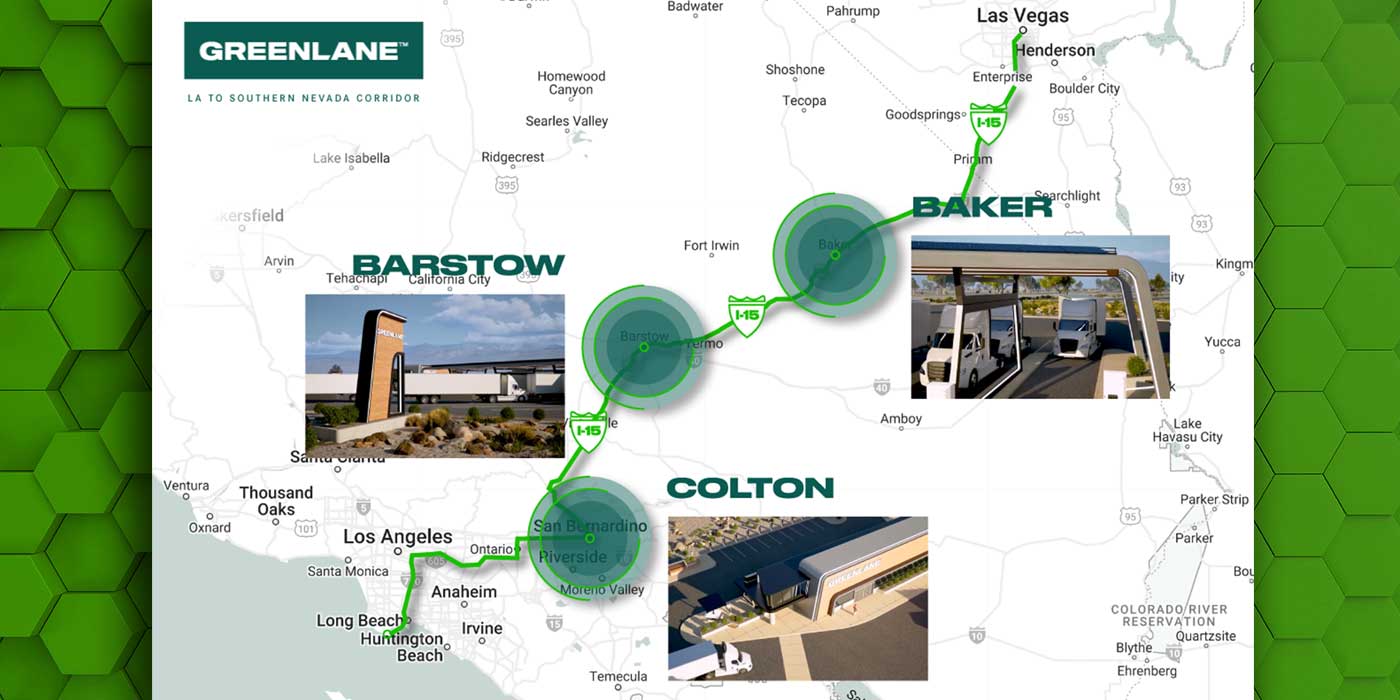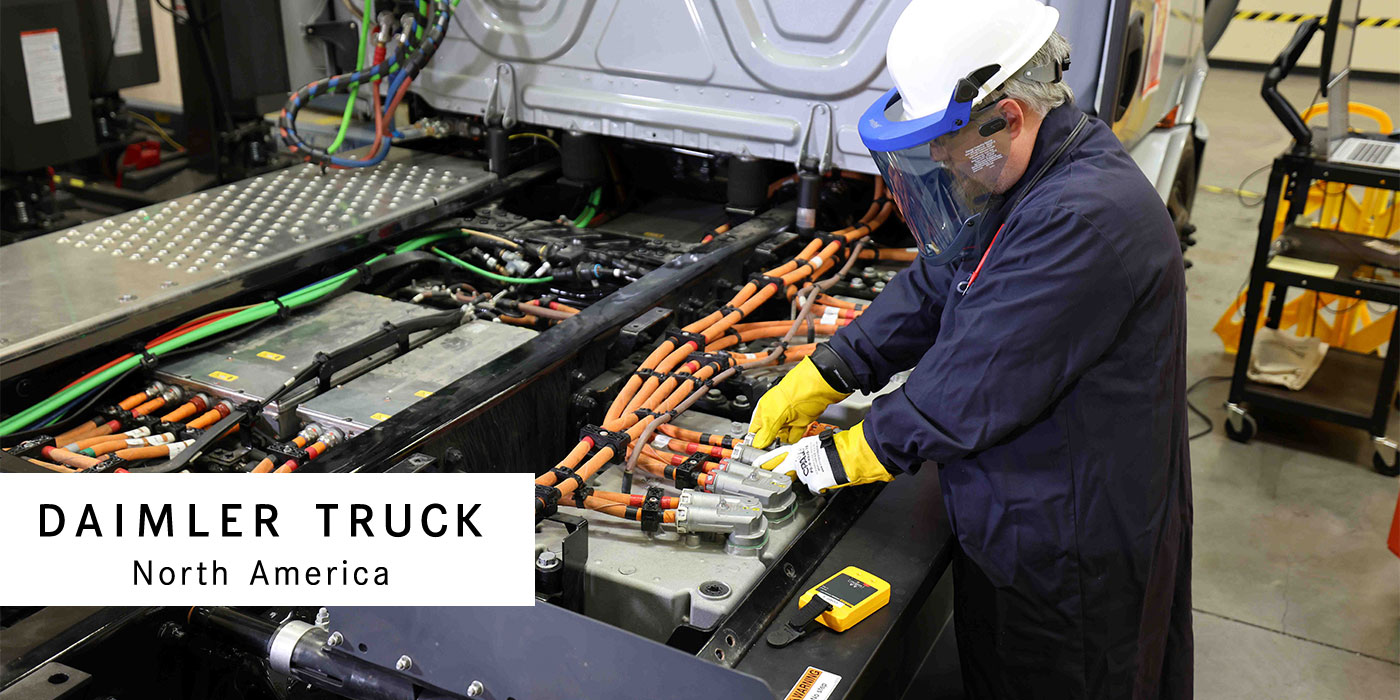Quite possibly a properly conducted, thorough pilot review of new tractors or trailers could impact a motor carrier’s service and parts operation—knowing the vehicle build was to “exact specifications” from component placement to where lines are routed to a fifth wheel height. That’s especially true if the right components are specified and installed exactly to the OEM’s specifications and engineering requirements.
In speaking with one tractor OEM, the areas to check and re-check are almost endless to assure the “perfect” vehicle for the fleet’s specific task.
“A pilot review done right adds certainty to the buying process for both sides [customer and manufacturer],” said Clint LaPreze, training analyst, Daimler Trucks North America—Freightliner Marketing.
The truck maker urges all fleets, that purchase 15 or more units to conduct a pilot review, although for some specialized vocation-specific orders with as few as three units justify a review, LaPreze offered.
“Preparation is the key. Study the specs before the review for a better outcome,” he continued, noting the usual presence of the dealer representatives including district manager, and the OEM sales engineer and pilot coordinator with the fleet customer, who might bring a maintenance staffer with him.
LaPreze itemized the typical pilot review:
• The customer walks around the truck for 25 to 30 minutes noting installations and positioning.
• The customer and team conduct a Q&A session on the vehicle specifics, line by line, which could entail some 20 pages of specs. Often, the OEM walks with the customer into the pit to examine potential preventive maintenance issues such as lines that might be too short or are rubbing.
• All parties listen closely to the specs being reviewed. Questions or keen interest might arise on “changing this or that” to make the vehicle more operable and productive, as well as more serviceable for the customer.
• After the specs discussion, everyone again goes around the vehicle, finding and noting each possible adjustment. That’s often followed by a plant tour to “learn how other fleets do it.”
“We learn something new every time, and the review allows us to build on experiences and to share best practices,” LaPreze said. “We push hard to avoid costs after the order’s production; it only makes good sense as we strive to add full value.”
The company’s familiarity with pilot reviews has generated protective steps in spec’ing, ordering and manufacturing stages that help ensure all requirements are met for the customer, the application, and applicable laws and regulations.
The reviews are typically held about six weeks ahead of the full order being produced.
“Every pilot review is a little bit different,” LaPreze said, noting some reviews might take a day while others go quickly with the customer looking more for the chance to tour the factory than to review the vehicle. “From the paper pilot review through to the physical pilot inspection, it gives us a better understanding of what’s important to our customers, which allows us to be better prepared to meet their expectations.”
“It just depends on that specific customer and what he wants and needs to see with his own eyes,” he emphasized. “We have even hooked up customer trailers to look at swing clearances and trailer gaps. Sometimes we’ve taken trucks to the scale to be weighed.”
Almost every customer has specific items to look for, such as component placements—like the fifth wheel height—or that the tires are the right inflation pressure.
LaPreze suggested one pilot review tip for fleets: “Take along a veteran, trustworthy driver because he or she knows the most and is usually not shy about speaking up with on-the-road perspective.”
Editor’s note: Watch for more in this series coming soon.













